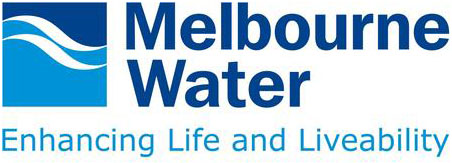resource library
Array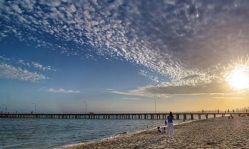
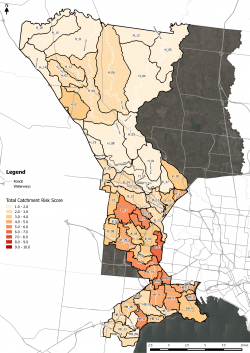
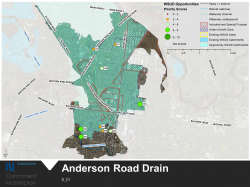
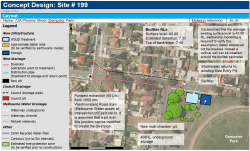

Prioritisation of WSUD opportunities study
E2DesignLab
Published: 17 July 2017
Project Overview
It is recognised that a more strategic approach is needed for the identification and selection of water sensitive urban design (WSUD) sites. The Maribyrnong Kororoit WSUD and IWCM scoping and prioritisation study assessed the value and risk profiles of sub-catchments and identified those with the greatest potential benefits from WSUD.
- Sixteen priority sub-catchments were identified and a long list of potential WSUD opportunities were identified within the priority catchments.
- A WSUD prioritisation framework was developed and used to identify the top 25 WSUD opportunities.
- A concept design and business case was developed to demonstrate the costs and benefits of each project.
These projects represent the best opportunities across the assessed catchments for waterway improvement and enhanced liveability, and provide a logical pathway forward for each Council to progress implementation of WSUD. Outputs included Catchment Masterplans (see second image on the right) as well as WSUD Concept Designs (see third image on the right) for the highest priority sites.
Drivers and Objectives
Many Councils across Melbourne have integrated water management strategies with vision and objectives for water management. A key objective is to work towards best practice stormwater treatment for existing areas. However, to date the selection of projects has tended to be ad-hoc and focussed on opportunistic rather than strategic implementation of WSUD. As a result, there is potential for funds to be spent strategically on projects that deliver greater gains towards stated objectives to reduce stormwater pollutants.
Organisations
- Melbourne Water, City of Brimbank (project lead), City of Hobsons Bay, City of Hume: funding, visioning, objective setting and site review.
- E2Designlab: catchment prioritisation, WSUD site assessment, ranking, concept designs and reporting.
- RMCG: Economics
- Grace GIS: Imperviousness analysis and catchment mapping
Project Outcomes
- Catchment management approach brought Councils together to better manage stormwater discharges across shared boundaries.
- Priority WSUD sites were identified based on a consideration of multiple objectives (see last image on right). These sites represent the best value investment of Melbourne Water, Councils and communities to economically meet stormwater objectives whilst also improving urban environments.
- Several of the highest priority WSUD sites have secured funding to progress to functional or detailed design stages based on the outcomes of the study.
Lessons Learnt
- It’s important to have potential WSUD sites reviewed by a diverse range of Council stakeholders as these projects have wide ranging impacts related to master planning, aesthetics, irrigation, maintenance etc.
- Clear and transparent prioritisation processes with shared objectives allows for projects with greater benefits to be identified.
- Projects with the greatest benefit often require large upfront investment, particularly when stormwater harvesting is involved.
Project Cost
N/A
Timeframe
2015 to 2017
Contact
There are a range of contacts involved in this study including:
- Ray Martin: City of Brimbank
- Micah Pendergast: Melbourne Water
- Dale Browne: E2Designlab
